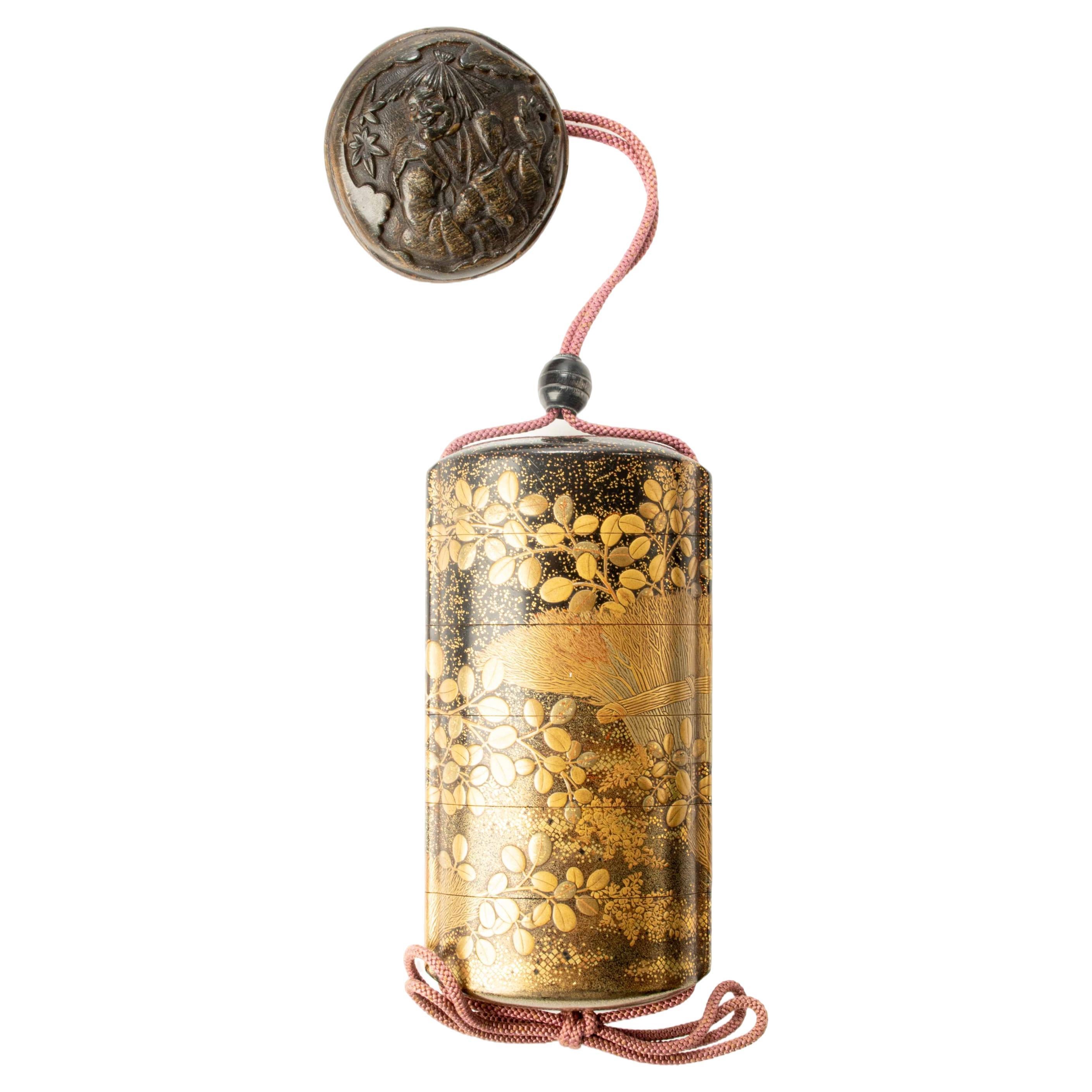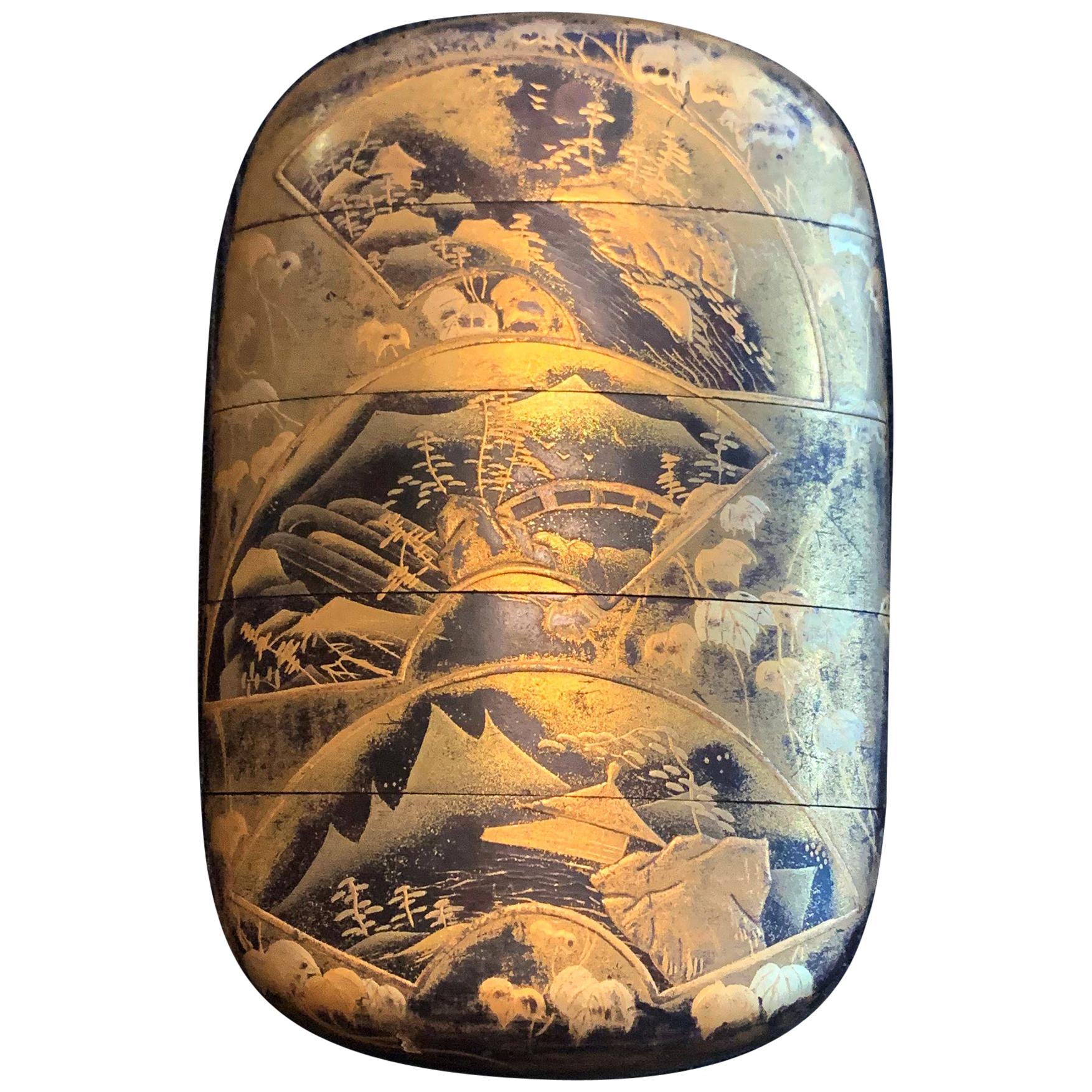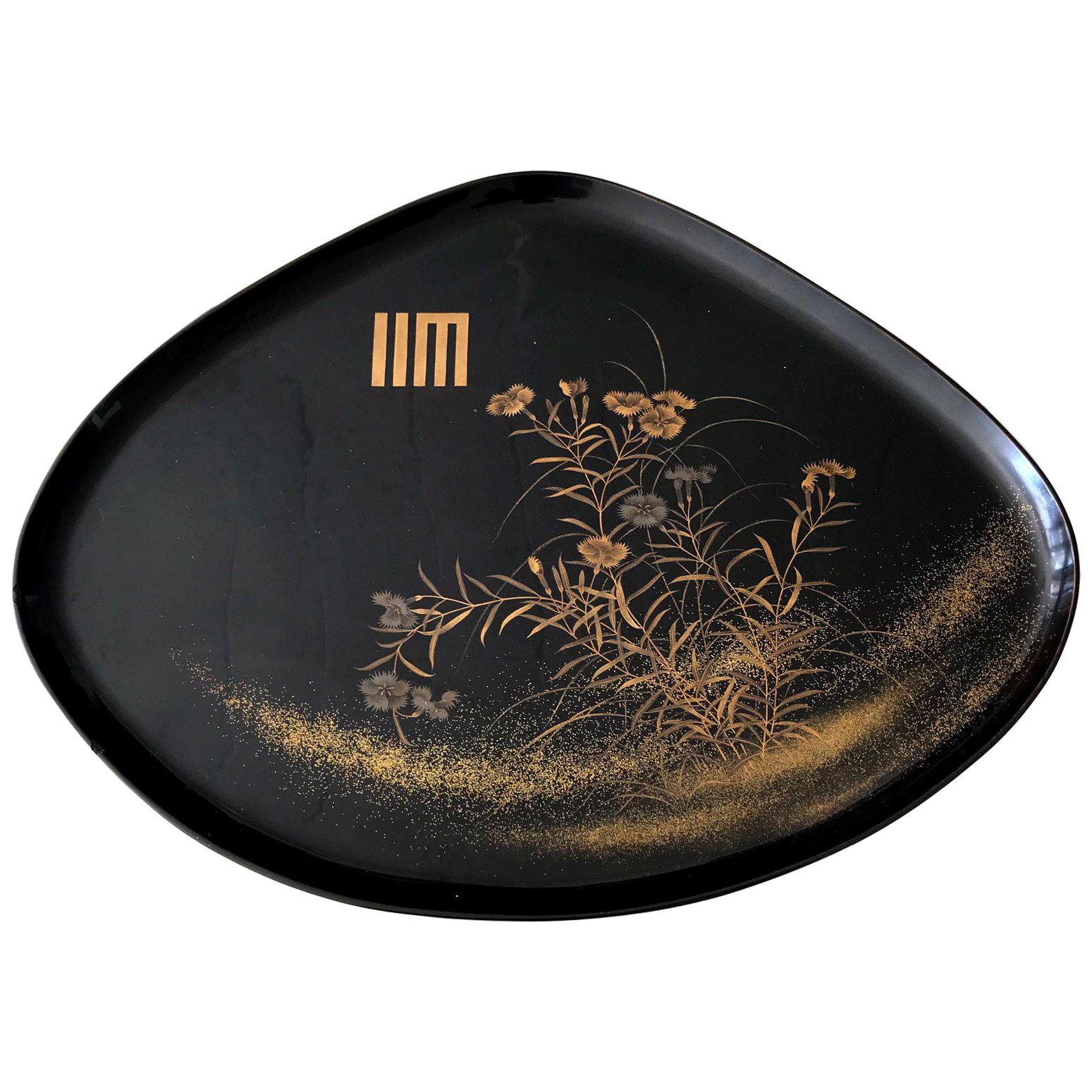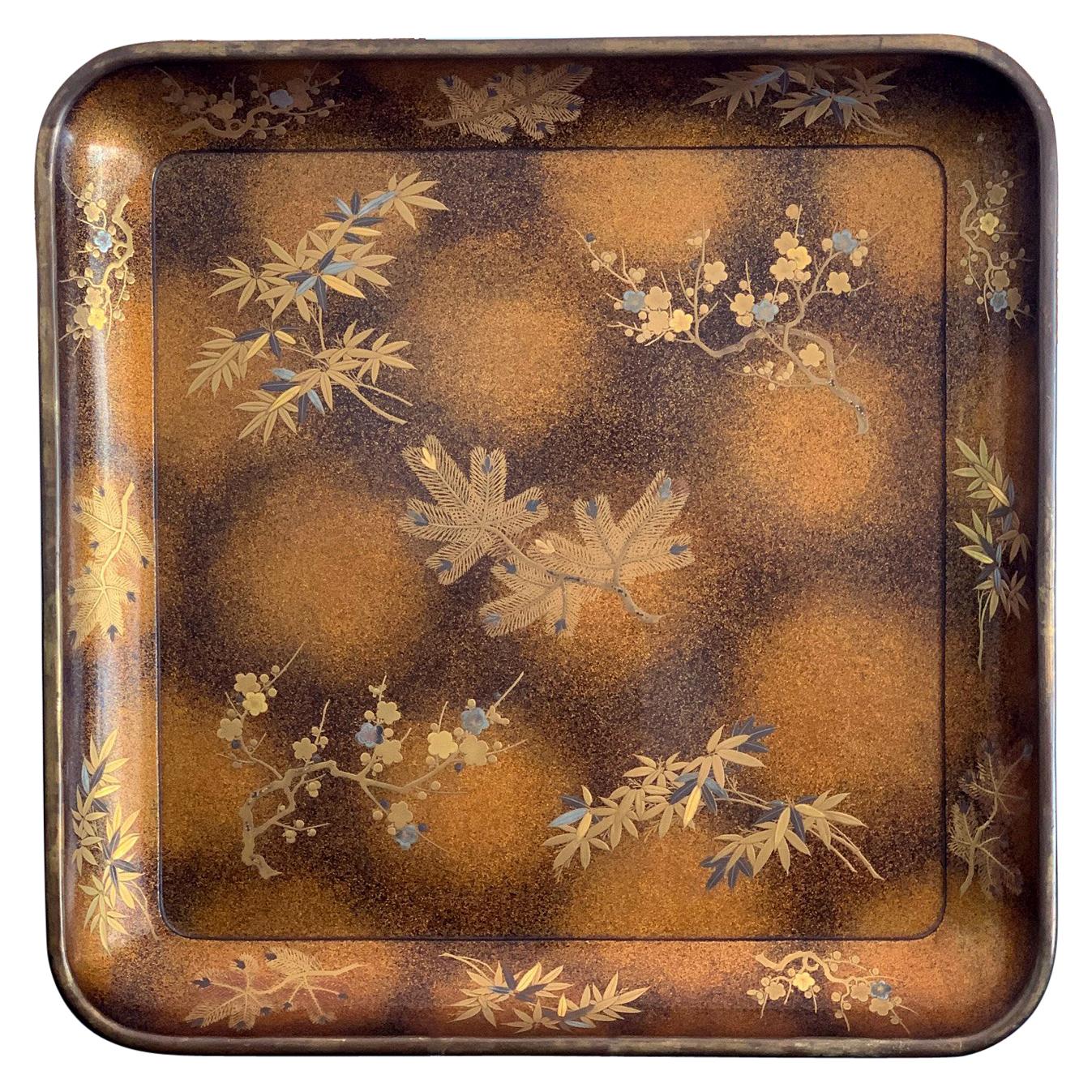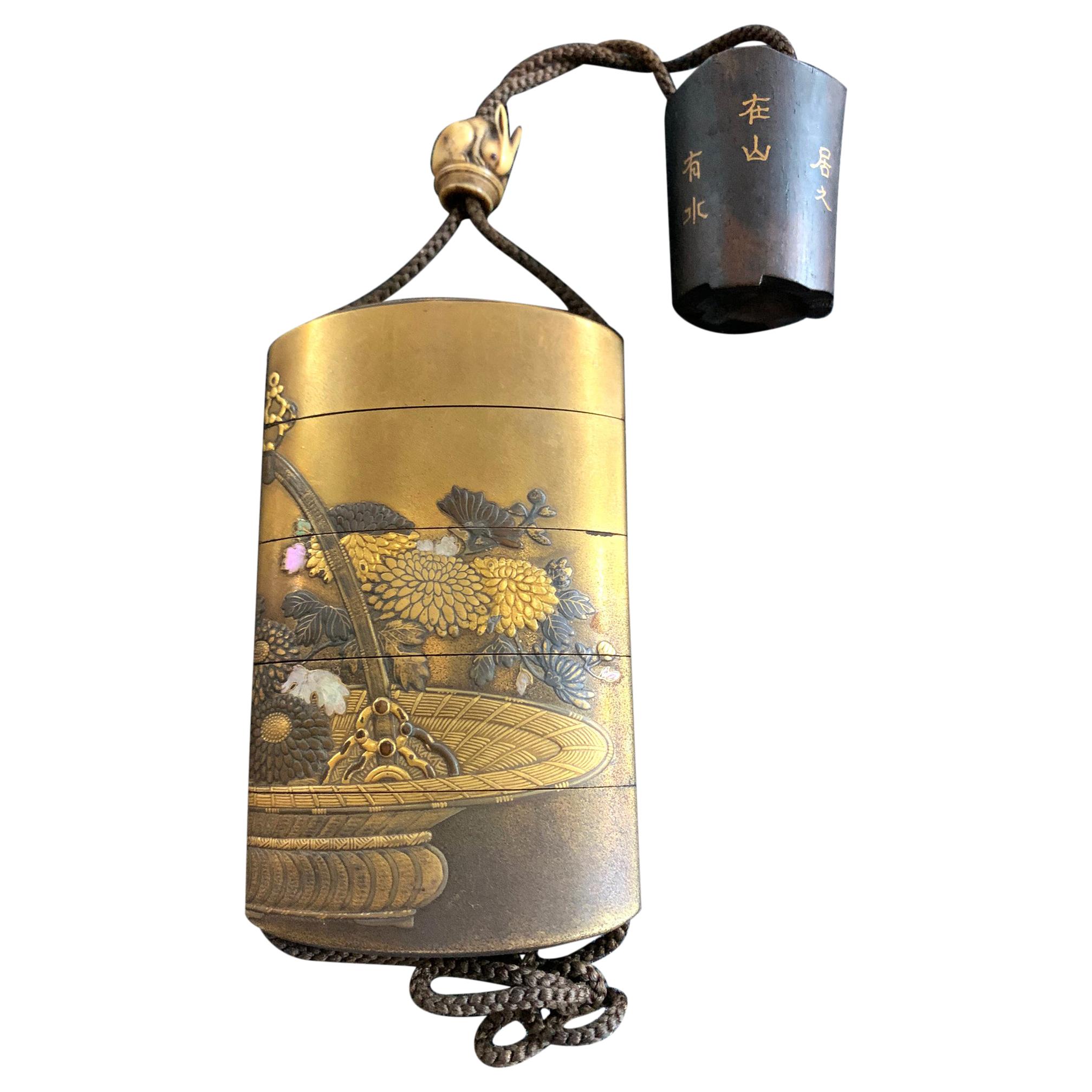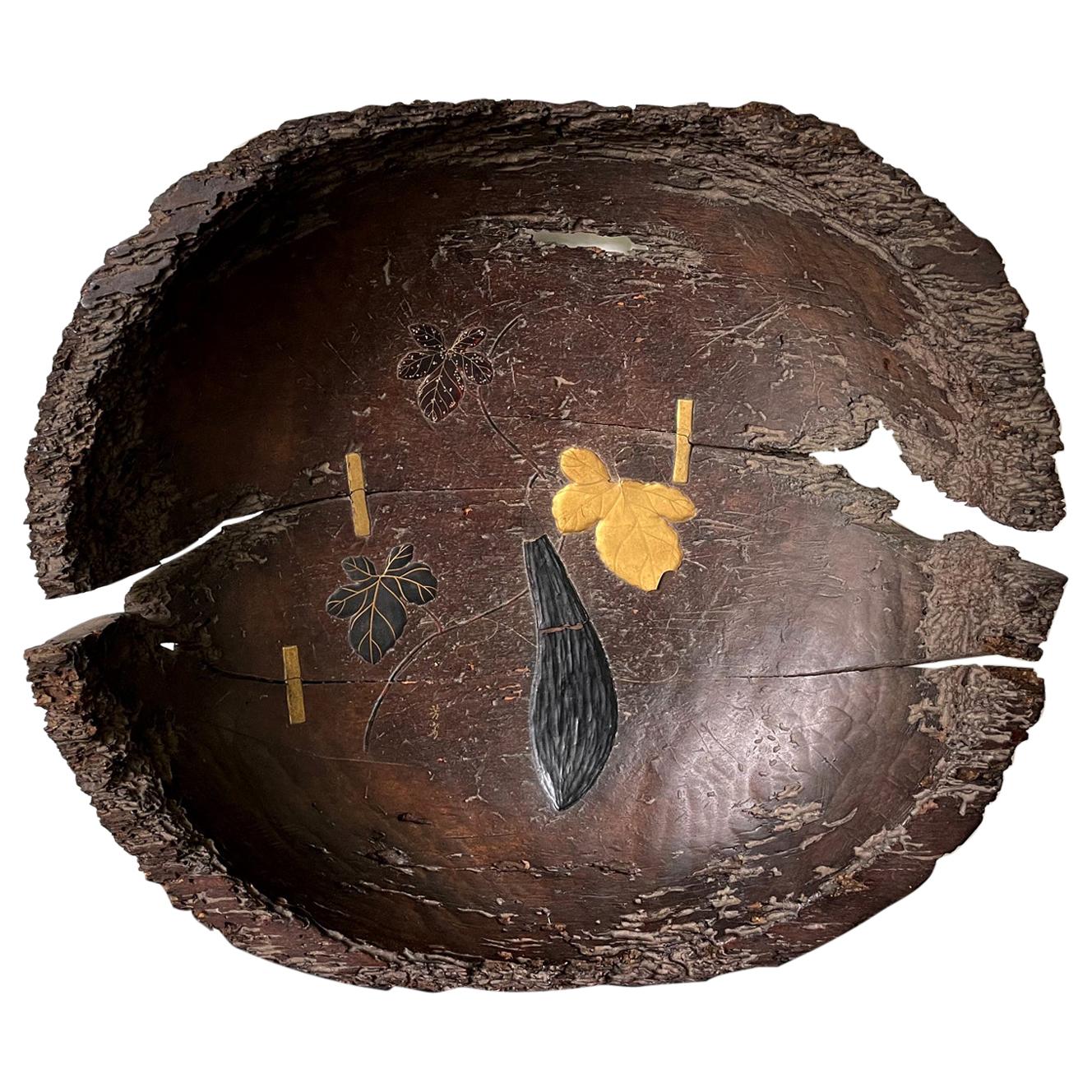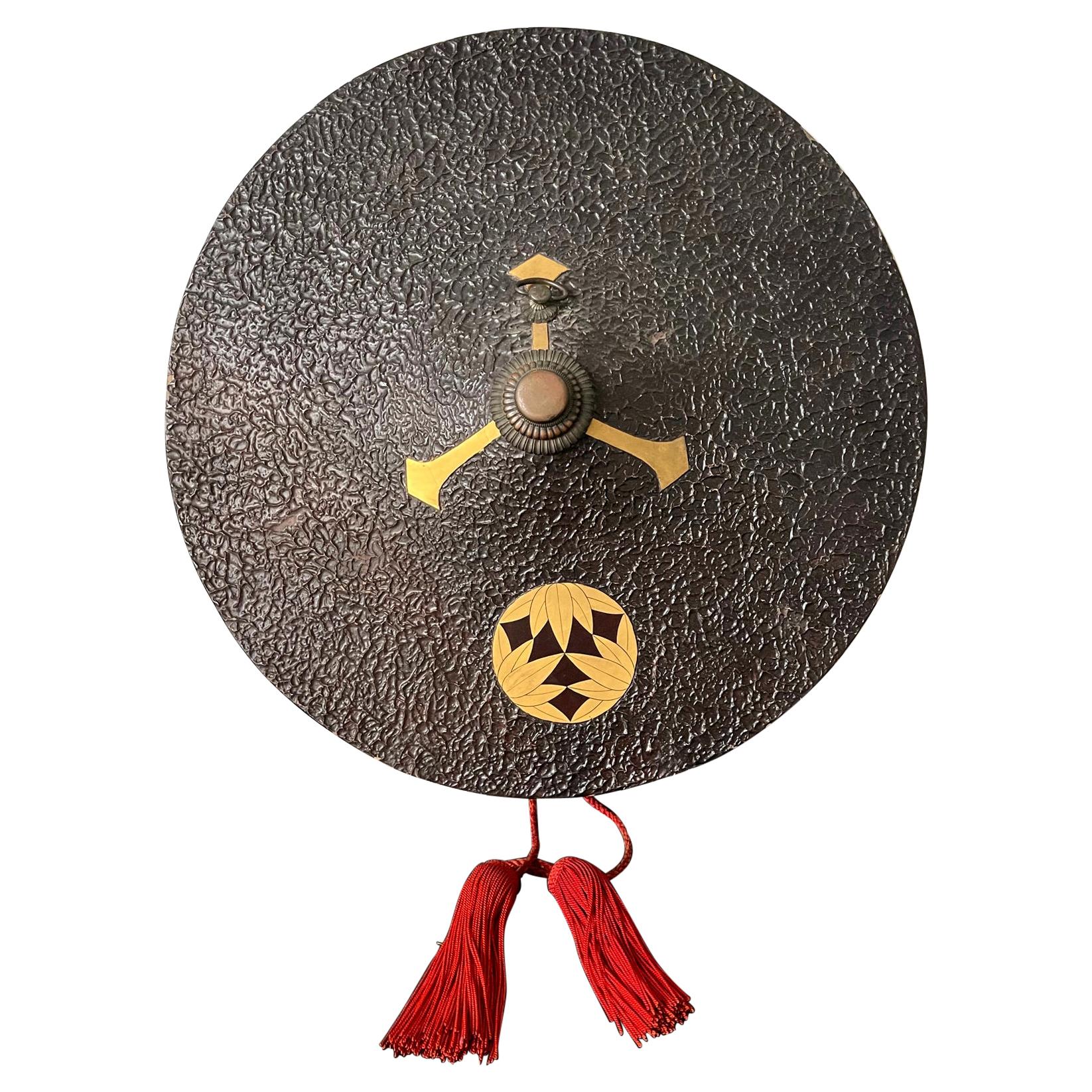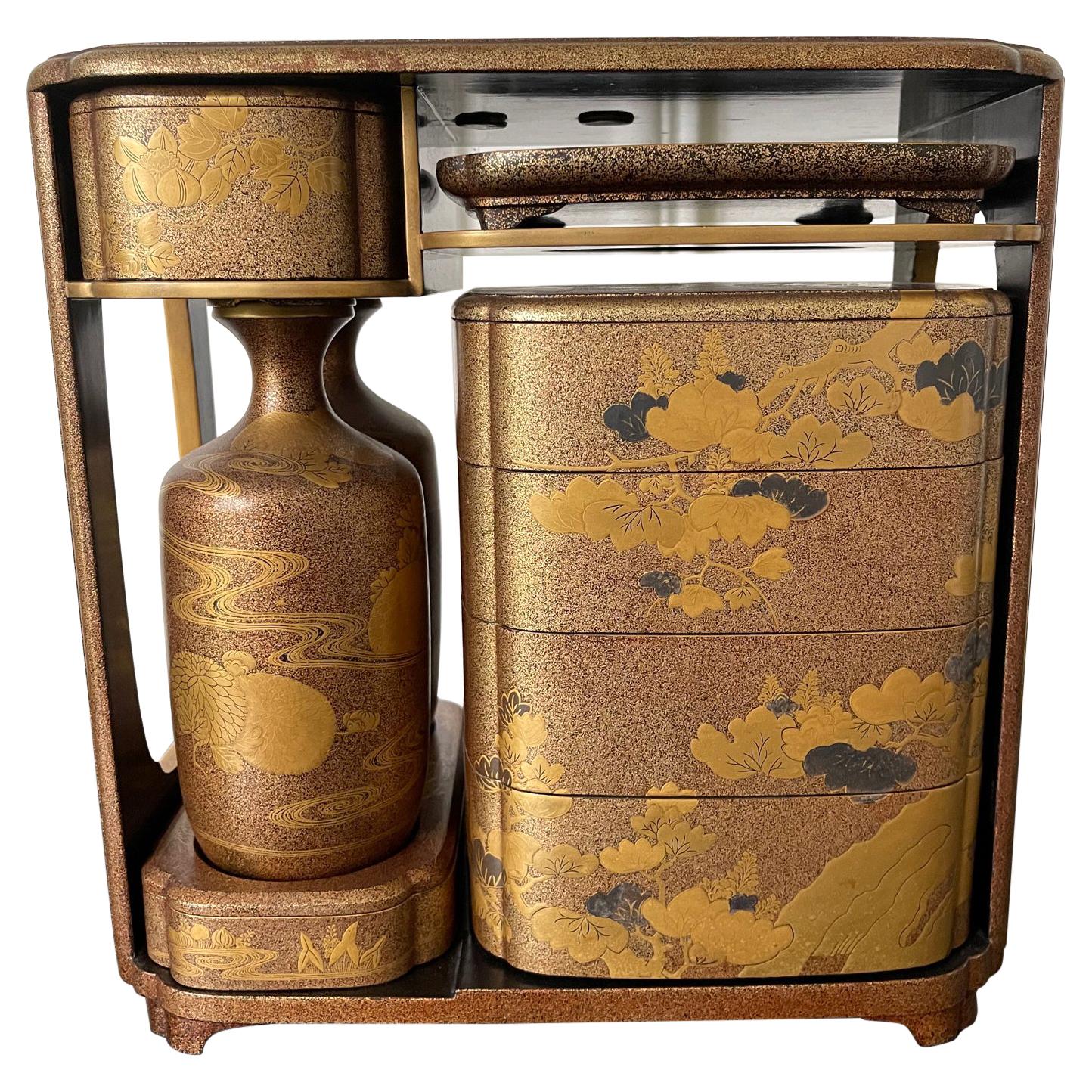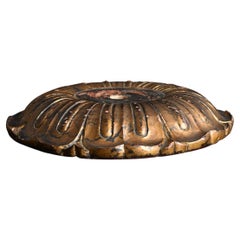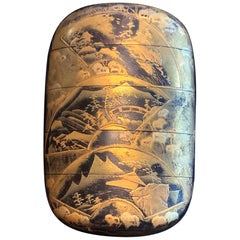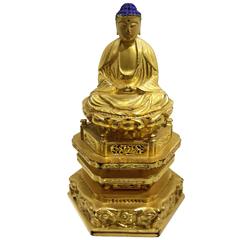
Japanese Giltwood Buddha
View Similar Items
1 of 7
Japanese Giltwood Buddha
About the Item
- Dimensions:Height: 6.75 in (17.15 cm)Width: 4.13 in (10.5 cm)Depth: 2.88 in (7.32 cm)
- Style:Japonisme (In the Style Of)
- Place of Origin:
- Period:
- Date of Manufacture:1930-1940
- Condition:Wear consistent with age and use.
- Seller Location:New York, NY
- Reference Number:1stDibs: LU162927858033
You May Also Like
- Japanese Antique Buddha Statue Stand/1800-1900/Lacquered Gold Display StandLocated in Sammu-shi, ChibaThis is a wooden stand made from the Edo period to the Meiji period. Originally, it was a stand for installing a Buddha statue, but it seems that only this stand remained after the ...Category
Antique 19th Century Japanese Edo Lacquer
MaterialsWood
- A Japanese lacquer five-compartment inroLocated in Milano, ITJapanese inro with five compartments with gold maki-e lacquer decoration. On the surface, a suggestive scenario of bamboo bundles holding branches with leaves is depicted. The netsu...Category
Antique 19th Century Japanese Japonisme Lacquer
MaterialsLacquer
Sold$1,814 - Fine Japanese Lacquered Inro by YutokusaiLocated in Atlanta, GAA four-case lacquered Japanese inro by Yutokusai (Gyokkei), a lacquer artist active from 1845-1900 (end of Edo to Meiji period). The slightly round inro features a very intricate design with three unfolded fans on the front and two on the back: each reveals a vignette landscape scenery, likely real places in Japan. Using a combination of hiramaki-e and slight takamaki-e, the artist deftly created the pictures with fine details, rendering the inro as a miniature artwork...Category
Antique 19th Century Japanese Japonisme Lacquer
MaterialsWood, Lacquer
- Japanese Maki-e Lacquer Stack Box JubakoLocated in Atlanta, GAAn antique jubako (stack boxes) with five tiers in an elongated octagon shape circa 19th century (end of Edo or beginning of Meiji period). jubako was traditionally used to store and...Category
Antique 19th Century Japanese Japonisme Lacquer
MaterialsWood, Lacquer
- An Antique Japanese Lacquer Maki-e TrayLocated in Atlanta, GAA fan shape black lacquer tray from Japan circa 1910-30s, late Meiji to early Showa era. Elaborated decorated with a bundle of yomogi blossom in a very fine Maki-e technique using both gold and silver powders. There is a Japanese symbol on the top left, which represents yomogiu, stemming from yomogi (蓬), a wild plant that belongs to the chrysanthemum family and widely grown in Japan. This name yomogui is from a scene in the Tale of Genji...Category
Early 20th Century Japanese Japonisme Lacquer
MaterialsLacquer
- Large Vintage Japanese Maki-e Lacquer Kimono TrayLocated in Atlanta, GAA large square lacquer presentation tray (likely for kimono) predated 1950 of the Showa period. Elaborately decorated with Maki-e that depicts the prunus blossom, bamboo and needle p...Category
Vintage 1940s Japanese Japonisme Lacquer
MaterialsWood, Lacquer

